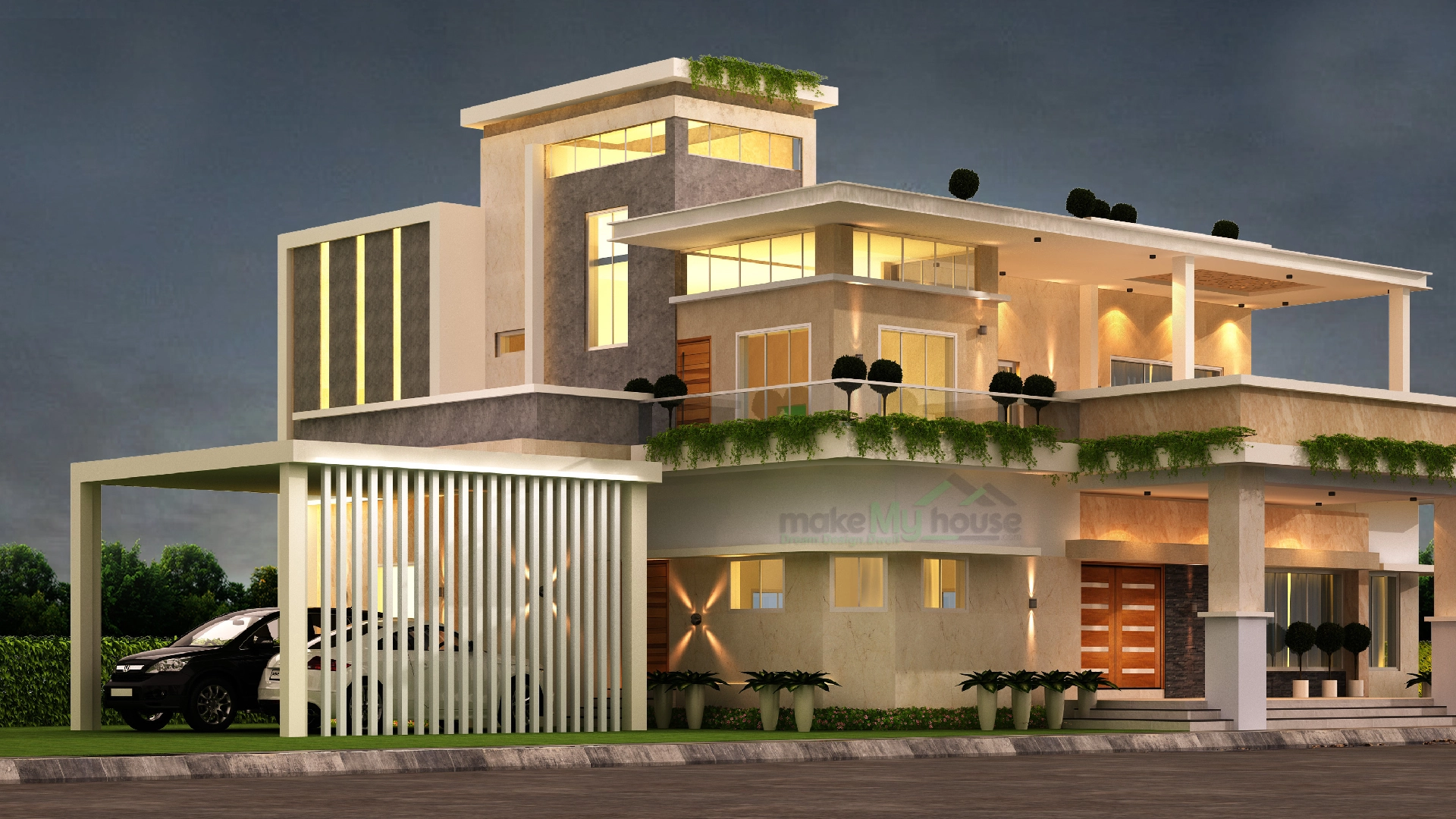
Image Source: Google
In the rapidly evolving world of technology, it comes as no surprise that it has made its way into our homes. From smart appliances to automated lighting systems, incorporating tech trends into modern home design can truly transform your living space. Whether you're looking to enhance convenience, efficiency, or simply add a touch of innovation, there are endless possibilities to explore. Let's delve into some of the most popular tech trends that are revolutionizing the way we design and experience our homes. Refer: https://www.dknrdesigns.com/custom-design-services.
Smart Home Automation
One of the most significant tech trends in modern home design is smart home automation. This technology allows you to control various aspects of your home through a centralized system, usually accessible via a smartphone or voice commands. Here are some popular features of smart home automation:
Key Features:
- Smart lighting systems that can be controlled remotely or programmed to adjust based on time of day.
- Thermostats that learn your behavior and adjust the temperature accordingly, leading to energy savings.
- Home security systems with cameras, motion sensors, and smart locks for enhanced safety and peace of mind.
- Voice-activated assistants like Amazon Alexa or Google Assistant to control various devices in your home through voice commands.
Wireless Charging Solutions
Say goodbye to tangled cords and multiple adapters cluttering your space. Wireless charging solutions have become increasingly popular in modern home design, offering a convenient and sleek way to power up your devices. Here are some benefits of incorporating wireless charging into your home:
Advantages:
- Eliminates the need for multiple chargers and outlets, reducing clutter and improving aesthetics.
- Conveniently charge your devices by simply placing them on a wireless charging pad or surface.
- Compatibility with a wide range of devices, including smartphones, tablets, and even some laptops.
- Integration into furniture pieces like nightstands, desks, and lamps for seamless functionality.
Energy-Efficient Appliances
Another key aspect of modern home design is the focus on energy efficiency. With the rise of smart appliances and sustainable technologies, homeowners can now reduce their environmental footprint while saving on energy costs. Here are some examples of energy-efficient appliances that are transforming home design:
Examples:
- Smart refrigerators that help minimize food waste by keeping track of expiration dates and suggesting recipes based on available ingredients.
- Energy-efficient washers and dryers that use less water and electricity, without compromising on performance.
- Induction cooktops that heat up faster and are more precise than traditional gas or electric stoves, reducing energy waste.
- Solar panels that harness renewable energy to power your home and reduce reliance on the grid.
Virtual Reality and Augmented Reality
Virtual reality (VR) and augmented reality (AR) technologies are not just for gaming and entertainment—they are also making an impact on modern home design. These immersive technologies allow homeowners to visualize and experience their space in new and interactive ways. Here's how VR and AR are being incorporated into home design:
Applications:
- Virtual tours of properties for real estate purposes, allowing potential buyers to explore homes remotely.
- Design software that lets homeowners visualize renovations or furniture placements before making any physical changes.
- AR apps that superimpose virtual furniture or decor items into your space using your smartphone camera, helping you envision different styles.
- VR simulations for architectural planning, allowing designers and homeowners to walk through a space and make changes in real time.